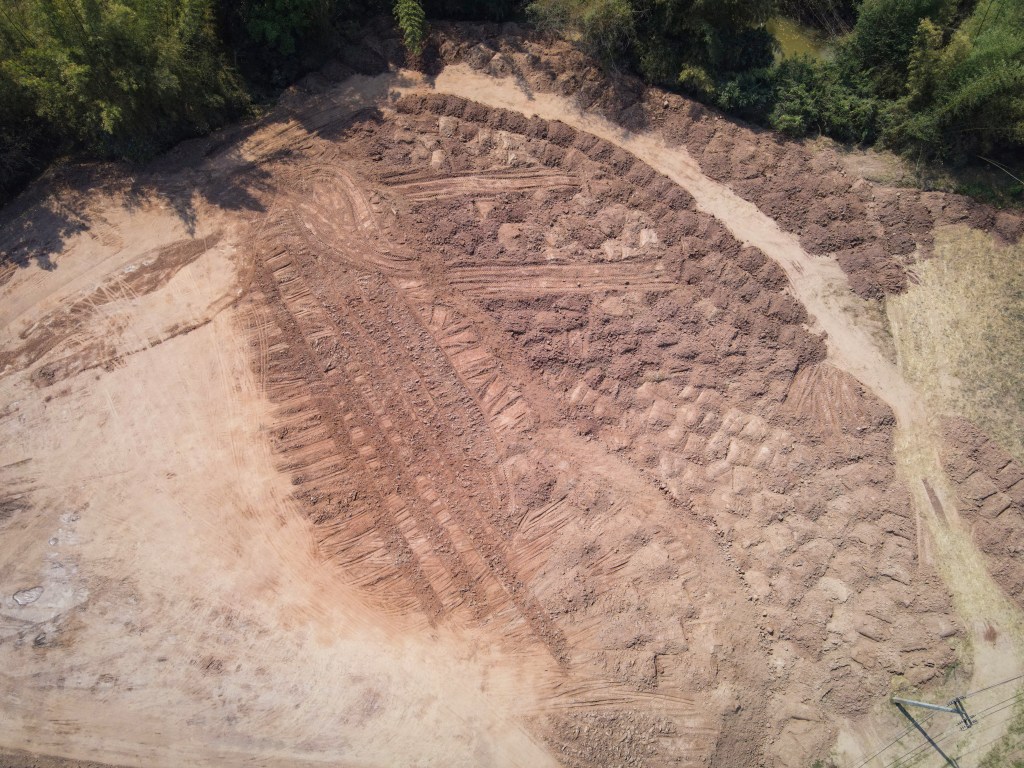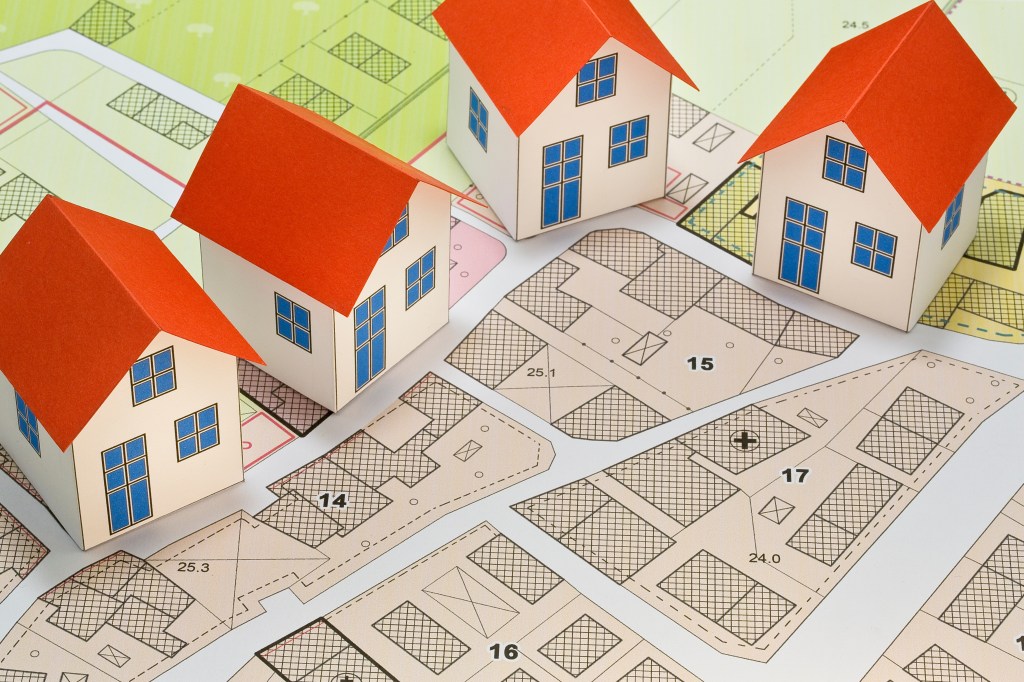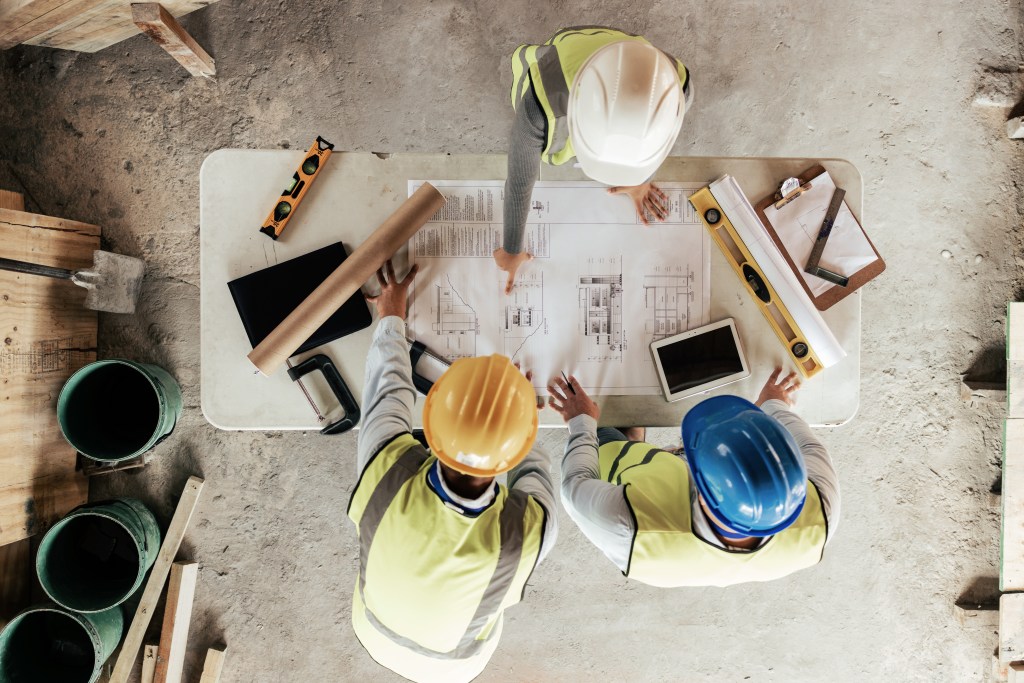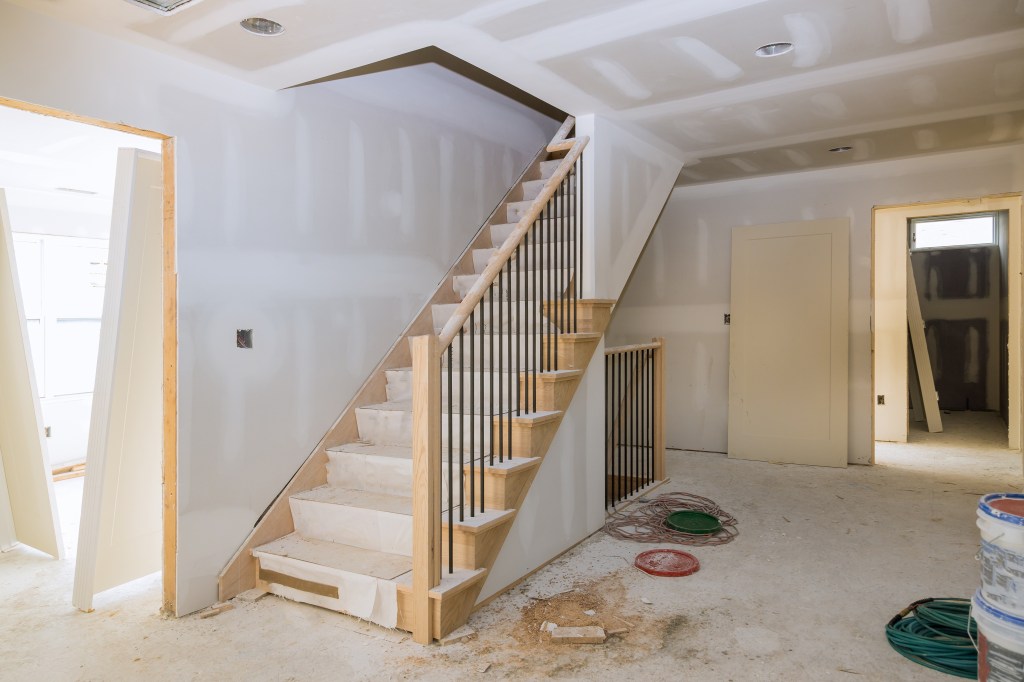Essential Guide to Construction on Vacant Lots: Tips and Strategies

Construction on vacant lots opens the door to endless possibilities, offering homeowners the chance to shape their dream home from the ground up. These empty parcels provide a blank canvas for uniquely customized designs that cater to personal tastes and lifestyles, making land development and property development an exciting endeavor.
Beyond creative freedom, construction on vacant and undeveloped lots also offers significant long-term investment potential when chosen strategically. Considering land feasibility and preparing land thoughtfully ensures careful planning that combines innovation and value, making vacant lots a promising frontier for modern homeowners and investors alike.
Zoning and Permits: Essential Steps for Building on Vacant Land
Navigating zoning regulations and permits is a critical first step when building on vacant land. These legal requirements, including building and zoning permits, not only shape the scope of your project but also ensure compliance with local building codes, zoning laws, environmental standards, and broader land development guidelines.
Zoning codes and zoning laws determine how the land can be used, while obtaining permit grants and approval for construction activities ensures the project aligns with legal guidelines.
Understanding property boundaries, existing structures, and environmental considerations—such as protected habitats, flood zones, or characteristics of raw land—can significantly shape your building plans.

By researching and addressing these factors early on, including considerations specific to residential streets, you can avoid costly delays, unexpected redesigns, and potential setbacks. Proper preparation in this phase sets the foundation for a smooth and successful construction process, particularly in areas where residential streets play a key role in project planning and execution.
Preparing the Site: Soil Testing and Surveys for Safe Construction
Preparing a construction site begins with critical steps like soil testing and surveys to guarantee safe and efficient building. Soil testing and surveys uncover potential issues, such as poor drainage, soil contamination, or unstable ground, that could jeopardize structural stability.
These evaluations also include an environmental impact assessment, ensuring the project complies with regulations and preserves the surrounding ecosystem.
Additionally, surveys provide vital details like property boundaries, elevation changes, and obstacles, streamlining the land preparation and land clearing process. Tackling these factors early ensures structural integrity, avoids costly setbacks, and paves the way for a successful and secure construction project.
Budgeting and Financing for Building on Vacant Land

Budgeting and financing are essential components of building on vacant land, requiring careful planning and research. Budgeting for construction includes factoring in costs such as purchasing land, construction loads, contractor fees, and material expenses, ensuring a clear financial roadmap to manage money effectively and stay on track.
Vacant lot financing often involves specialized loan options, such as land loans or construction loans, which differ from standard mortgages and come with unique terms and conditions.
Exploring these options thoroughly and focusing on contractor selection helps secure the right resources for your project. Proper preparation not only prevents unexpected costs but also ensures a seamless building process that aligns with your budget and overall goals.
Utilities and Infrastructure: Setting Up for Success
Setting up utilities and infrastructure is a crucial step in transforming a vacant property into a construction-ready site. Effective coordination ensures the seamless integration of essential services like power, water, and sewage, which are fundamental to any successful building project.
The location of the property plays a significant role in determining both the feasibility and the costs of establishing these connections. Properties without existing hookups often present unique challenges that require expert planning and careful management to overcome.
By addressing these complexities proactively, potential delays and complications can be minimized, leading to a smoother and more efficient construction process.
Key considerations include evaluating utilities and infrastructure expenses, road access, easements, neighborhood development, and the involvement of the utility company. Factoring in the benefits of proximity to other structures further enhances planning accuracy.
Tackling these elements early creates a streamlined foundation for construction and paves the way for the successful creation of a new home while avoiding unforeseen costs or logistical obstacles down the line.
Designing Your Dream Home: Balancing Style and Local Codes
Designing your dream house and buying land is an exciting journey where creativity meets practicality. Home design considerations allow personal tastes and unique styles to shape the vision, but it’s essential to align your plans with local building codes, building restrictions, and structural requirements to ensure a seamless process. Building ordinances and regulations play a vital role, dictating everything from safety to zoning compliance.

When embarking on a home build on vacant land, factoring in regional climate considerations, such as insulation needs or weather-resistant materials, enhances comfort and efficiency. Incorporating elements that blend with the environment, such as retaining trees where possible, adds sustainability and charm to the design.
Striking the perfect balance between style, functionality, and these guidelines ensures that your perfect home isn’t just beautiful—it’s functional, sustainable, and built to last.
Choosing Contractors and Managing the Building Timeline
Choosing the right contractors is a cornerstone of a successful construction project and ensures the site is ready to begin construction. Contractor selection is key to ensuring quality workmanship and smooth operations from start to finish.
Careful research, such as reviewing credentials, seeking recommendations, and checking past project reviews, helps you determine the right professionals for the job, mitigate risk effectively, and set the stage for a successful building process
Equally important is managing the timeline for building by anticipating potential challenges. Factors like zoning regulations, permit processing, weather conditions, or supply chain delays can impact schedules. Hiring professionals who are experienced in handling construction work and navigating these challenges can make a significant difference.

By addressing these possibilities early and building flexibility into your timeline, you can navigate obstacles effectively and keep the project moving toward completion with minimal disruptions.
Turning Vacant Lots into Prime Real Estate
Turning vacant lots into prime real estate is more than just a construction project—it’s a chance to invest in creativity, functionality, and lasting value. With thoughtful planning, thorough research, and the expertise of skilled professionals, undeveloped land can become a new home tailored to your vision, with opportunities varying depending on the location and surrounding natural resources.
By prioritizing factors such as zoning compliance, land feasibility, property lines, and strategic planning early on, you’ll create a space that fulfills your needs while unlocking exciting financial opportunities, including future resale value. The transformation of vacant lots is a pathway to both personal satisfaction and meaningful rewards.
Sources:
https://pathway-builders.com/blog/buying-land-to-build-on
https://www.rockethomes.com/blog/home-buying/what-to-look-for-when-buying-land-to-build-a-house
https://edenbraehomes.com.au/blog/process-of-building-on-vacant-land/
https://www.spotlighthomeandlifestyle.com/article/7-things-to-consider-when-purchasing-land-for-your-new-home-or-cottage
https://www.myseattlehomesearch.com/blog/what-to-consider-when-buying-land-to-build-a-home/
https://home.howstuffworks.com/real-estate/buying-home/10-things-to-know-before-buying-a-vacant-lot.htm

